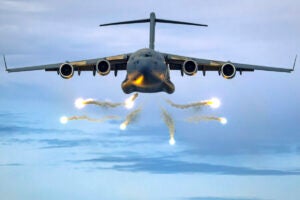
The Air Force Research Laboratory's (AFRL) information directorate in Rome, N.Y., is seeking the online submission of new, artificial intelligence/machine learning algorithms to speed the planning and execution of airlift operations. The directorate is the nerve center for Air Force research and development on command and control, commmunications, computers, and intelligence. The AFRL Airlift Challenge began on Jan. 23 and will run through Feb. 27. Andre Beckus, an AFRL machine learning researcher, said in an AFRL statement last month that…














